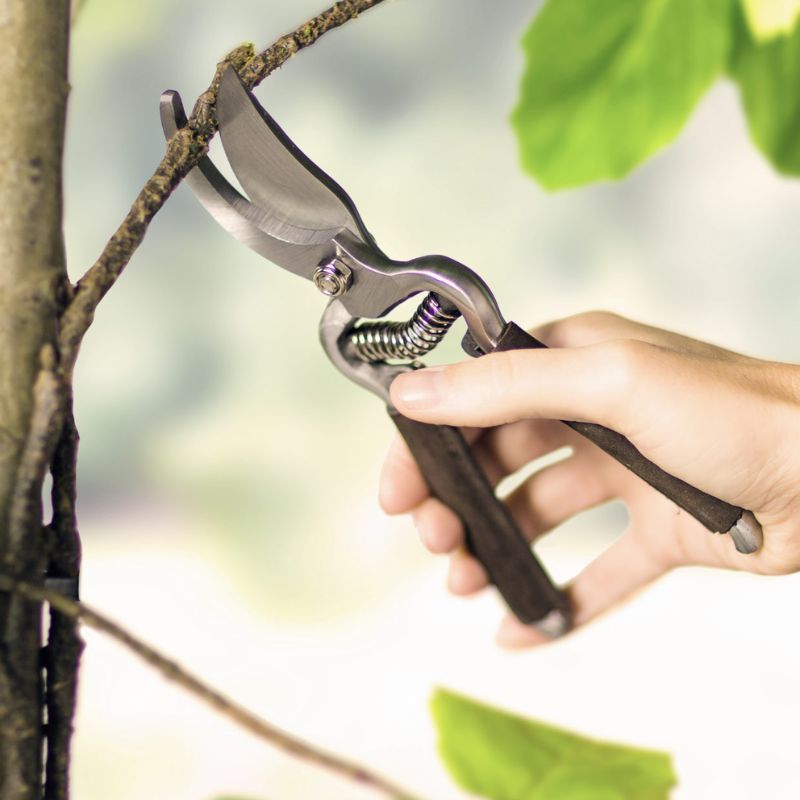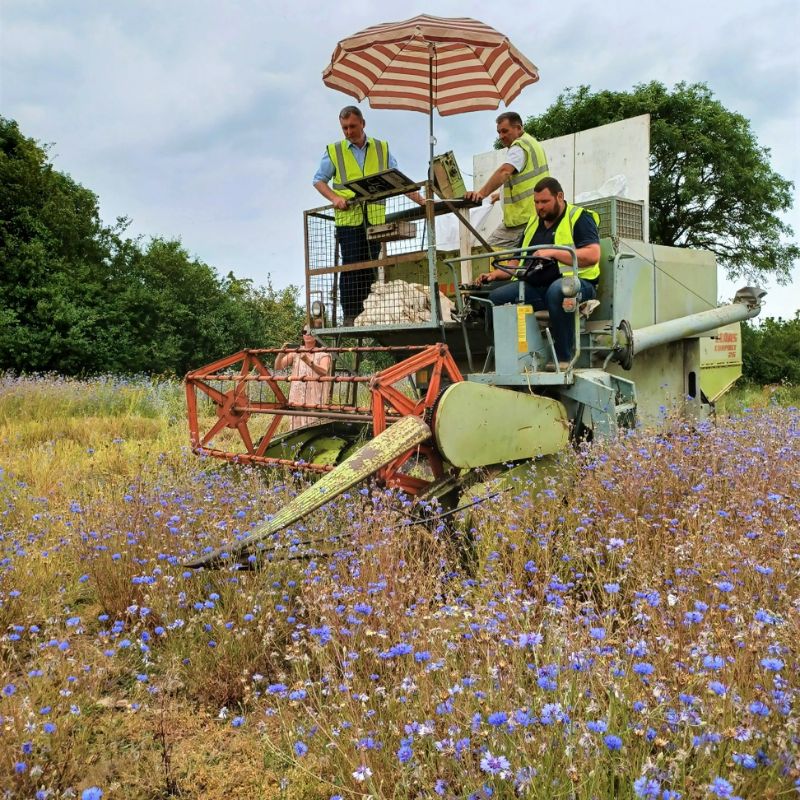Identifying Irish Native Trees
The Birch
The familiar Silver Birch is a medium to tall tree, typically growing to about five metres in height. It has graceful branches and a light, open canopy. Due to it’s small leaves and its habit of growing up rather than out, it does not cast dense shade and is ideal for even small gardens.
The silvery papery bark gradually turns white as the tree ages and peels off in strips from the tree. The light green delicate leaves are heart-shaped, turning a buttery yellow in Autumn.
In Spring, the Birch produces its ‘flowers’ as catkins, which are pollinated by the wind and disperse tiny seeds in the Autumn. These seeds are eaten by many Irish wild bird’s such as Redpolls, Siskins and Greenfinches.
In mythology, the Birch was seen as a tree of new beginnings and symbolised purification and renewal. For example, Birch twigs tied in a bundle were used to brush out spirits and purify the house during Samhain.

The Hawthorn
The Hawthorn is one of the most recognisable trees in the Irish landscape. This tree will grow to 4-10 meters tall and has a profusion of dainty white flowers and brightens up our hedgerows each Spring, bringing with it the promise of Summer.
The common name in Ireland is Sceach or Sceach Geal, translating literally as the White Bush.
The Hawthorn was considered a tree of great magical power in Irish folklore and a place where fairies would meet. Cutting or damaging the tree was believed to bring misfortune and therefore many roads were historically diverted around Hawthorns that were considered significant.
The tree, however, is also seen as one of protection, and it is considered good luck to have one growing near a house. It was commonly planted around farmhouses and sheds to ward off witches and evil spirits.
During the feast of Betaine in May, it was customary in some places to leave gifts of food and drink under the Hawthorn to appease and gain favour with the fairies. The tree was then be decorated with ribbons and scraps of cloth.

The Oak
Considered the ‘King of the Forset’ in folklore, the Oak is one of the best known and most majestic trees in the Irish landscape. This large, deciduous tree grows to a towering height of up to 40 meters, taking hundreds of years to reach maturity and outliving most other native trees. It can support more life than any other native tree.
The leaf of the Oak is recognisable to most people. They are longer than they are wide and are distinctly lobed all around. They are one of the last leaves to form in the Spring and are usually not seen until late April into early May. The leaves are held on the tree quite late into the Winter, however.
Oaks are one of the most important trees for wildlife and biodiversity. In fact, no other tree in the Irish landscape supports the wealth of life as the Oak. A single mature Oak tree can be home to up to 2300 different species of insects, birds, mammals, fungi, lichen and ferns.
In Irish folklore, the Oak was one of the Five Guardian Trees of Ireland. This Oak was named Eó Mugna and was said to be the son of the original Tree of Knowledge.
In Celtic mythology, the Oak King did battle with the Holly King every year to end the Winter and herald the return of the Summer.
Later on, many Christian sites became associated with groves of Oak. Kildare, for example, is known as Cill Dara or the ‘Church of the Oak’. The Irish name of Derry City is Doire Cholmcille – Colmcille’s Oakwood.

The Rowan
The Rowan is a small tree growing to a height of approximately 10-15m. Its common name is Mountain Ash, indicating where it is commonly found.
Due to its compact size, it makes an excellent tree to plant individually in a small garden or planted as part of a hedgerow. It forms a rounded compact canopy and is terrific when grown as an ornamental tree.
The Rowan is not fussy about where it’s located and grows almost anywhere, apart from regularly waterlogged soils. They will tolerate both sunny and shaded sites too.
In Spring, the Rowan produces large clumps of small fragrant creamy-white, and in Autumn, it produces masses of red berries, which birds feed on. This makes the Rowan a vital food tree for both pollinators and birds. The leaves are similar in appearance to Ash leaves, though they are not related.
In Irish folklore, Rowan sprigs were carried as a protection against evil and were placed in cowsheds to prevent animals and milk from being enchanted. If a sapling was found growing near a home, it was considered a sign of great fortune and luck.
The berries from the tree are edible but have a very bitter taste. They are said to become sweeter after frosts. The berries are more commonly used to make jams, jellies and wines.

The Wild Cherry
A fine tree when in its prime. Covered in pure white flowers in the Spring, the Wild Cherry can be seen for miles around. It grows quickly to approximately 15m in height, and sometimes even taller.
The Wild cherry is a fast-growing tree that will not tolerate heavy clay or waterlogged soils. As a native, it is an essential feature of a hedgerow providing food and shelter for a myriad of bird, mammal and insect life.
The Wild Cherry is too large for small gardens, instead, it is best suited in medium to large areas. It is also suited to sow as a specimen tree in a field or parkland. When in flower, it is sure to draw the eye of any passers-by and other observers for miles around.
The berries form in Autumn and, if you get to them before the birds, they’re a delicious treat from the hedgerow. The leaves in Autumn change colour to orange and shades of deep crimson.
The flowers offer an early nectar source for hungry insects and pollinators in the Spring, while the autumn cherries are particularly popular with the thrush and the Blackbird. They are also quite popular with mammals such as the Badger, field mouse and fox. In addition, the leaves are essential food for many moths, including the brimstone moth.













